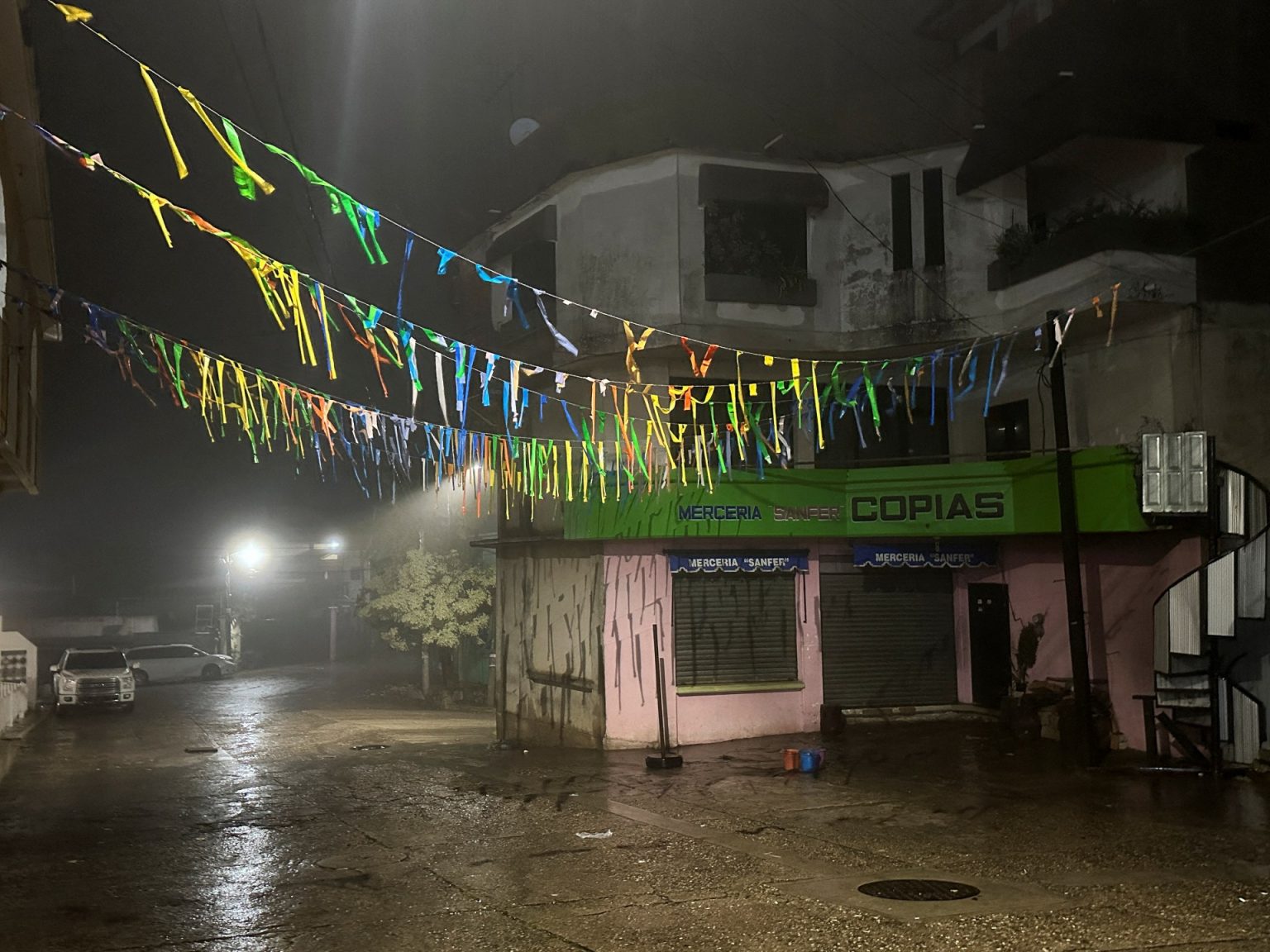Hurricane John made landfall on Mexico’s southern Pacific coast as a Category 3 hurricane with winds of 190km/h (120mph) after rapidly intensifying from a tropical storm. The storm hit near the town of Punta Maldonado in Guerrero, south of popular tourist spots like Acapulco and Puerto Escondido. Authorities scrambled to update guidance for residents and prepare for the stronger storm, urging people to seek higher ground and take shelter to protect themselves. The US National Hurricane Center warned of “life-threatening” storm surges and flash floods already affecting the region.
The rapid intensification of Hurricane John caught many off guard, with scientists attributing the phenomenon to warmer oceans providing more fuel for hurricanes. AccuWeather Senior Meteorologist Matt Benz noted that such occurrences of rapidly intensifying storms have become more common in modern times due to changing climate conditions. The storm’s strength increased just as another potential hurricane was developing on the Gulf coast, causing tension among residents in Oaxaca’s coastal cities and leading authorities to recommend evacuation to protect lives and property.
In response to the approaching hurricane, the governments of Guerrero and Oaxaca states suspended classes in coastal zones and encouraged residents to evacuate and seek shelter. Oaxaca’s governor reported evacuating 3,000 people, setting up 80 shelters, and mobilizing military and state personnel to address the emergency. The concern was also expressed by meteorologists that the storm could slow down once it hits land, potentially causing prolonged damage to the coastal zone. Local businesses in tourist hubs such as Puerto Escondido began closing as authorities ordered the suspension of work on main beaches.
The impact of Hurricane John brought back memories of Hurricane Otis, which devastated Acapulco the previous year, killing 47 people and causing widespread destruction. Otis left residents with little warning of its strength, leading to days without power and a state of lawlessness in the city. The Mexican government, including President Andres Manuel Lopez Obrador, came under criticism for a slow response to Otis, prompting pledges to improve early alert systems. Lopez Obrador urged residents to protect themselves during the latest hurricane, emphasizing the importance of prioritizing life over material possessions.
As the storm approaches, forecasters predict that Hurricane John may slow its forward movement as its winds weaken, potentially hovering over the coastal zone and causing further damage. The storm’s impacts could be felt for weeks to months, prompting concerns about ongoing recovery efforts in the region. Mexico’s President-elect Claudia Sheinbaum has announced plans to enhance early warning systems, similar to those used for earthquakes, to better prepare and respond to future natural disasters. Despite the challenges posed by Hurricane John, authorities and residents are working together to protect lives and property and mitigate the storm’s impact on the region.


